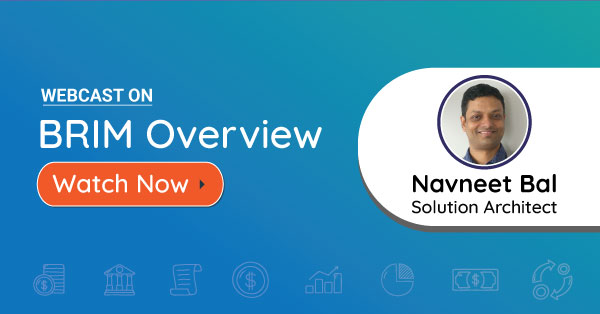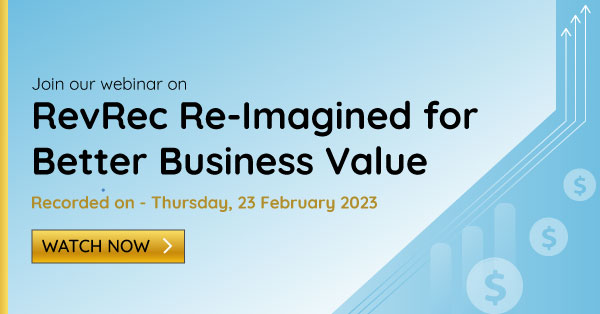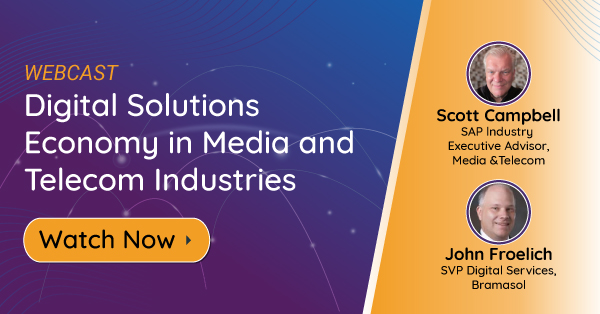Jim Hunt: I have. Yeah. And also it’s driving one of the big things we’re watching in the industry now with the writers and actors out on strike, because it revolves around AI, they’re afraid they could be replaced.
Scott Campbell: Very much so. I mean, even assuming that the right ethics are at play, nevermind the deep fakes and bad actors, you’d literally only need to look at the screen actors guild strike to see that this is not just a passing tech trend. Autogenerated content is already threatening real livelihoods. So from a numbers perspective, when you look at autogenerated content versus the high cost of creating original content, it’s really not surprising to see why companies want to see those production expenses under even more scrutiny today.
Jim Hunt: Right. And another thing you mentioned was about the multiple tiers, premium tiers, and a lot of streaming companies that introduced advertising tiers. And I find it kind of ironic that a lot of those companies had to be dragged into creating advertising tiers, and now they’ve discovered that’s such a lucrative revenue stream. They’re actually trying to push people out of premium and into advertising.
Scott Campbell: That’s right. Yeah. Well, exactly. Even Netflix subscribers now can sometimes get ads on certain things. So yeah, definitely blending the thing there. But I think that the reality is the pendulum swung. The money used to be in television advertising, 7% of the pie went to radio, and at one point it was less than 1% went to the internet. Now, of course, the internet swung to the largest chunk of advertising spend, and television has struggled as a result of that. Again, not to pick on Disney at all because they’re a fantastically successful company, but the CEO of the company mentioned the other week, he was thinking of selling off the television business, although they would keep the subscription site of the business like E S P N. So the terrestrial television market is under real disruption. So again, back to Robbie’s tribute, as you mentioned with Breaking the Rules, that’s really the name of the game today. And whether it’s super Video on Demand, or over the top, or any of these kind of models, content owners want to be everywhere that they can, but they also want to make sure they get paid and collect.
Jim Hunt: Exactly. And that gives a good segue into the next drill down section, which is what does it mean from a software and systems perspective? And if you want, you can just go straight from there and segue into cloud-based aspects of that disruption.
Scott Campbell: That’s fine. Yeah. Happy to Jim. Yeah. Well, SAP is helping companies manage this situation with our platform, and it’s called S/4HANA Public Cloud. So when it comes to artificial intelligence, the SAP reality is we’ve actually been incorporating artificial intelligence and machine learning tools into our products for over a decade to help you run what we call The Intelligent Enterprise. So this is not new to SAP as a concept, and in fact, the Intelligent Enterprise can largely eliminate processes that would otherwise require somewhat of a tedious human intervention or data replication and other sorts of potential workarounds that people have to do. So we’ve got to round these challenges by doing some unique things in the S/4HANA public cloud. Our ERP platform runs on this data engine called HANA, which is basically a real-time data processing platform to power your system of records and drive analytics about your business to help you make decisions through real insights and the use of our predictive algorithms that have been specially developed by some well real math buttons that we have here at SAP.
So by using these tools from SAP to manage your content financials, you’ll actually very easily be able to do what is called “by title profitability analysis” of your content. Like I said, SAP’s S/4HANA platform is unique as by using persistent memory. We’ve eliminated the need to use a traditional database, which just was a bottleneck in the whole process. So this enabled SAP to create what we call the Universal Journal, which provides real-time access across the lifecycle of a title of content. So there’s no need to post subledgers and reconcile from different business units. Everything is available to you in real time immediately across all of the systems in your company. In fact, we see companies now run trial closes and trial balances, and significantly accelerate their time to close the books, and they can report, of course, with confidence that they are in compliance as well.
Our platform is deployed across something like 132 countries, so there’s nobody more ready for those local regulations than SAP when you get into certain markets even outside the US. So from a cloud perspective, Jim, you asked what will the cloud’s role be? And that is a great question. Cloud puts the power of the tools into the hands of the business, not the IT folks, which ultimately lowers costs. It can lower headcount, infrastructure costs, and it provides you with a total cost of ownership that’s lower so that you can take advantage of new innovations like AI to help actually grow your business and focus that capital elsewhere. And we also encourage our customers to keep what we call a clean core, meaning not customizing off the beaten path of a platform that frankly is used by the largest content companies in the world today. So we can help smaller companies deployed those same best practices through SAP’s value realization platform and value lifecycle management tools.
Over the years, SAP has enjoyed a rich legacy supporting media customers for, I think it’s about 50 plus years, as the back office for the world’s largest corporations in the media industry and beyond. And one of the game changers with S/4HANA is to deploy it with extensions that are part of SAP’s industry cloud program. This could include things like managing subscription and bundling for your front and back office, order-to-cash processes for digital subscriptions, for advertising, managing affiliates, or you could add tools to help you manage your rights and your royalties, contracting and reporting, or to automate revenue recognition and billing management processes. I know it all sounds like a dream, but that’s literally why nine of the top 10 media companies choose SAP as their platform of choice
Jim Hunt: And building it around the S/4HANA platform with data and operational transactions under the same umbrella, you’ve got massive scalability and the ability to bring in all these other cloud deployment options as needed.
Scott Campbell: That’s right. Yeah. We can pretty much deploy SAP on any of the major hyperscalers like Google Cloud platform and Microsoft Azure. And we also are a very open company. We’ve actually got open APIs published online, and we also participate in industry standards and have supported open data protocols such as our partnership with Adobe and Microsoft, and the open data initiative. Our HANA foundational platform is part of what we call BTP as well, or Business Technology Platform. And that is the piece of SAP’s S/4HANA cloud that actually provides the hooks into and out of SAP as well as the kind of analytics tools that I talked about earlier. So it’s a really flexible platform that helps you scope exactly what you want to do and then with capabilities just right there within your reach.
Jim Hunt: That’s a great overview. So, just to kind of move toward a wrap up, what should media companies be doing now as they look forward? The rules are breaking all around them. They need to respond, they need to be agile, they need to be scalable, and they need to be ready for the next curves in the road. So what should they be doing now?
Scott Campbell:Yeah. Well, I would say my recommendation, if any of the stuff we talked about today is of interest in companies planning a successful transformation journey to cloud solutions. My recommendation is to reach out to Bramasol and ask them to conduct a digital discovery assessment with you, because that can help you quickly scope out what an S/4HANA public cloud implementation would actually look like. And it’ll help you understand where you are now, and it’ll define where you want to be by when. So if you also choose an expert like Bramasol who have done many media implementations and they really already understand your business, so there’s literally no doubt in my mind that you would benefit from their industry expertise. So again, as I said, if any media business or others are curious about another platform, check in with us about what SAP could do for you. You can either get in touch with me via email at scampbell@sap.com, or you can reach out to Bramasol from wherever you listen to this podcast.
Jim Hunt: Excellent. Scott, thank you so much for taking the time today. I always learn something from you, and this is one of the most exciting industry segments out there.
Scott Campbell: Absolutely, Jim, it’s a pleasure to speak with you again. Look forward to next time.



